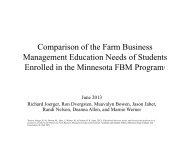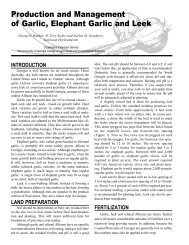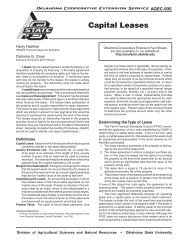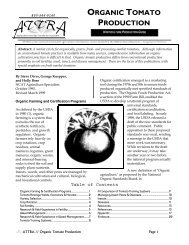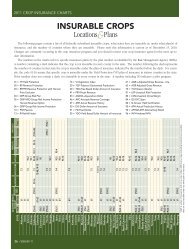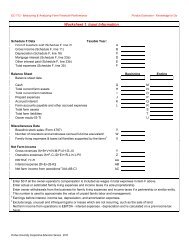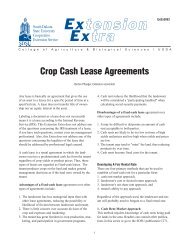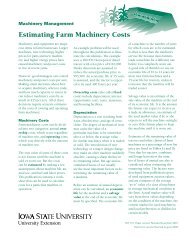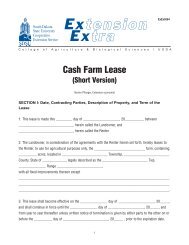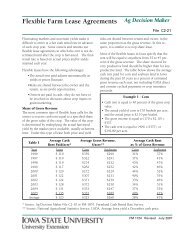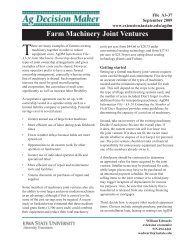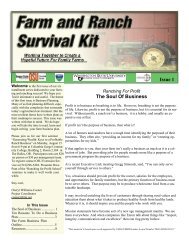Blueberry Flea Beetle
Blueberry Flea Beetle
Blueberry Flea Beetle
Create successful ePaper yourself
Turn your PDF publications into a flip-book with our unique Google optimized e-Paper software.
<strong>Blueberry</strong> <strong>Flea</strong> <strong>Beetle</strong><br />
(Altica sylvia Malloch)<br />
Fact Sheet No. 200, UMaine Extension No. 2372<br />
Description<br />
The immature flea beetle is a black larva, 3/8-inch long when fully grown (Photo 1). The adult beetle is<br />
oval-shaped, shiny, coppery bronze, and less than 1/4-inch long (Photo 2). A common characteristic of<br />
flea beetle adults is their ability to jump suddenly when disturbed.<br />
Pupae, which are rarely seen, are small, yellow-orange (Photo 3), and are found about 1/2-inch deep in<br />
the soil of blueberry fields.<br />
Life Cycle<br />
The blueberry flea beetle spends the winter as an egg in the litter near the base of the blueberry plants.<br />
Soon after the blueberry plants begin to develop in the spring (about mid-May), the eggs hatch and larvae<br />
start feeding on the foliage. The last larvae finish feeding in late June, and fully grown larvae move into<br />
the soil, where they remain as pupae. Adults begin to emerge in about two weeks and continue feeding<br />
on blueberry plants through late summer. Eggs are laid in July and August.<br />
Photo 1: Larva<br />
Photo 2: Adult<br />
Photo 3: Pupae<br />
Photo 4:Damage
Damage and Economic Importance<br />
Infestations of blueberry flea beetle may be confined to isolated areas or damage may be widespread.<br />
Large numbers of flea beetles may completely defoliate large areas in both crop and pruned fields.<br />
Damaged leaves have a scalloped appearance around the edges (Photo 4).<br />
<strong>Flea</strong> beetle larvae feed on blueberry leaves and blossoms from mid-May through June; the adults feed on<br />
foliage beginning in late June or early July.<br />
Pest Management<br />
Burning may reduce populations of the blueberry flea beetle. This insect can also be controlled with an<br />
appropriate pesticide. For additional information on monitoring and control, refer to Wild <strong>Blueberry</strong> Fact<br />
Sheets Nos. 204 and 209, or contact the lowbush blueberry specialist, University of Maine Cooperative<br />
Extension, Orono, Maine, 1-800-897-0757 (toll-free in Maine) or 207-581-2923.<br />
Prepared by Judith A. Collins, Assistant Scientist, and H. Y. Forsythe, Jr., Professor of Entomology, in<br />
cooperation with David Yarborough, Extension <strong>Blueberry</strong> Specialist, The University of Maine, Orono, ME<br />
04469. November 1995.<br />
A Member of the University of Maine System<br />
Published and distributed in furtherance of Acts of Congress of May 8 and June 30, 1914, by the University of Maine Cooperative<br />
Extension, the Land Grant University of the state of Maine and the U.S. Department of Agriculture cooperating. Cooperative<br />
Extension and other agencies of the U.S.D.A. provide equal opportunities in programs and employment.<br />
2



